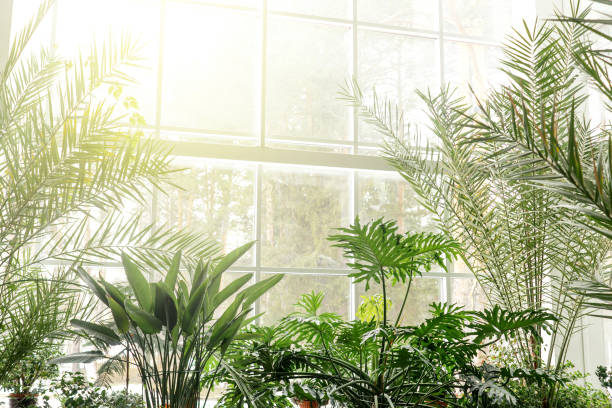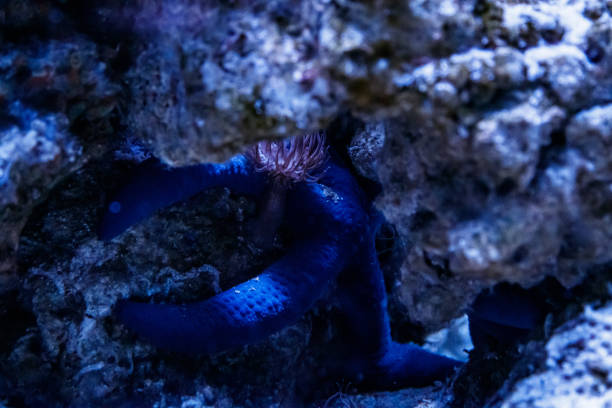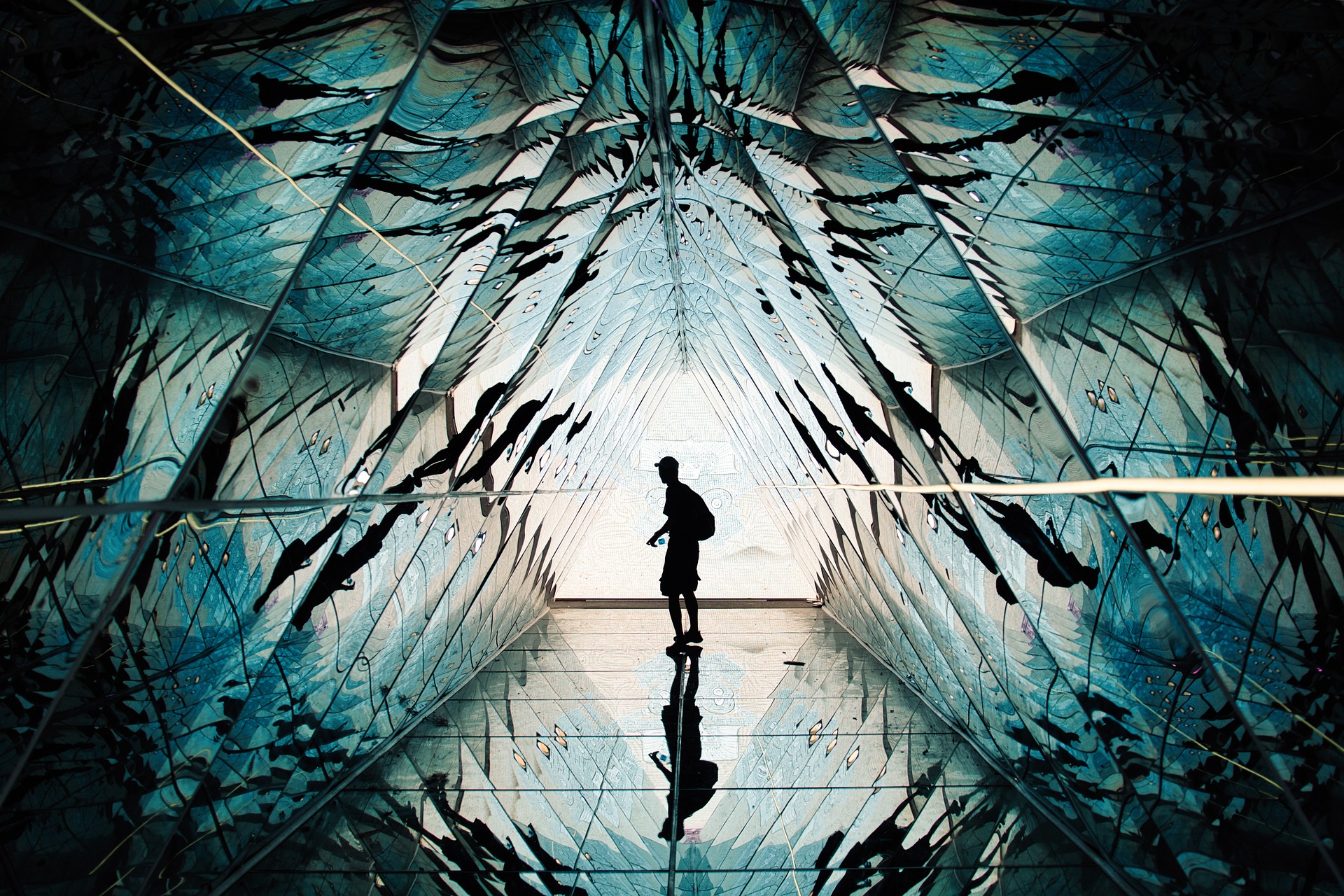Biophilic Design in Industrial Workspaces
Revolutionizing productivity through nature-inspired environments In the realm of industrial design, a groundbreaking approach is reshaping the way we conceive workspaces. Biophilic design, the integration of natural elements into built environments, is making significant inroads in manufacturing facilities and industrial complexes. This innovative concept not only enhances aesthetic appeal but also promises substantial improvements in employee well-being, productivity, and overall operational efficiency.

Key Elements of Biophilic Industrial Design
Implementing biophilic design in industrial settings involves a multifaceted approach. Natural lighting plays a crucial role, with strategically placed skylights and large windows maximizing daylight exposure. Living walls and indoor plants not only purify air but also create visual interest. Water features, from small fountains to larger installations, introduce calming sounds and movement. Natural materials like wood and stone are incorporated into structural elements and furnishings, while color schemes and patterns mimic those found in nature.
The Impact on Employee Well-being and Productivity
Research consistently demonstrates the positive effects of biophilic design on human health and performance. In industrial settings, where workers often face demanding physical conditions and long hours, these benefits are particularly significant. Studies show that exposure to natural elements can reduce stress, improve cognitive function, and enhance overall job satisfaction. For instance, a manufacturing plant that introduced biophilic elements reported a 15% increase in productivity and a 20% decrease in absenteeism within the first year of implementation.
Overcoming Implementation Challenges
While the benefits of biophilic design are compelling, integrating these elements into industrial spaces presents unique challenges. Safety considerations, stringent regulatory requirements, and the need to maintain sterile environments in certain industries can limit design options. However, innovative solutions are emerging. For example, antimicrobial plants and easy-to-clean green wall systems address hygiene concerns, while specialized lighting systems can mimic natural daylight cycles in areas where windows are impractical.
Cost-Benefit Analysis and ROI
The initial investment in biophilic design elements can be substantial, leading some industry leaders to question its feasibility. However, a comprehensive cost-benefit analysis often reveals significant long-term savings. Improved employee retention, reduced absenteeism, and increased productivity typically offset initial costs within a few years. Moreover, biophilic design often aligns with sustainability goals, potentially leading to energy savings and improved corporate image.
Practical Strategies for Biophilic Industrial Design
• Start small: Begin with pilot areas to test concepts and gather data on impacts
• Prioritize natural lighting: Maximize daylight exposure through skylights and strategic window placement
• Incorporate indoor greenery: Use low-maintenance plants suited to industrial environments
• Utilize natural materials: Integrate wood, stone, and other natural elements where practical
• Implement nature-inspired patterns: Use biomorphic forms and patterns in flooring, wall coverings, and structural elements
• Create outdoor spaces: Develop green areas for breaks and meetings to enhance nature exposure
As industries continue to evolve, the integration of biophilic design principles in industrial workspaces represents a promising frontier. By harmonizing the built environment with natural elements, companies can create more humane, productive, and sustainable industrial facilities. This approach not only benefits employees but also contributes to overall operational excellence, positioning forward-thinking businesses at the forefront of industrial innovation.





